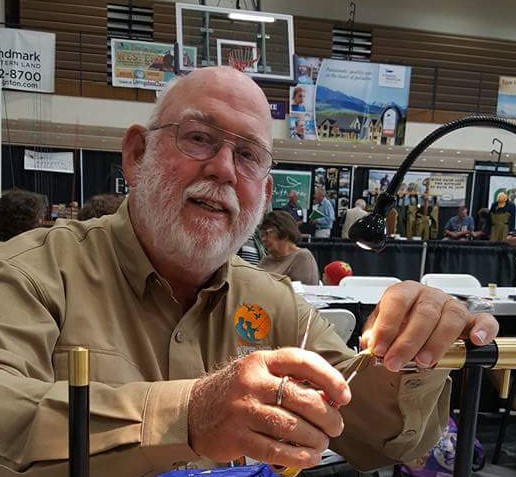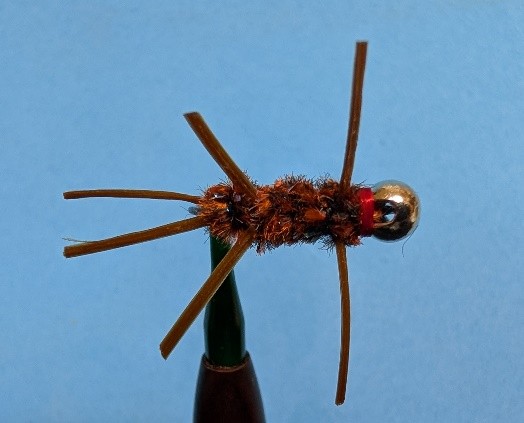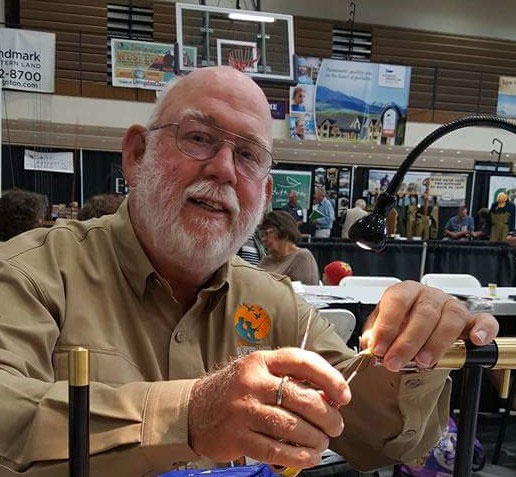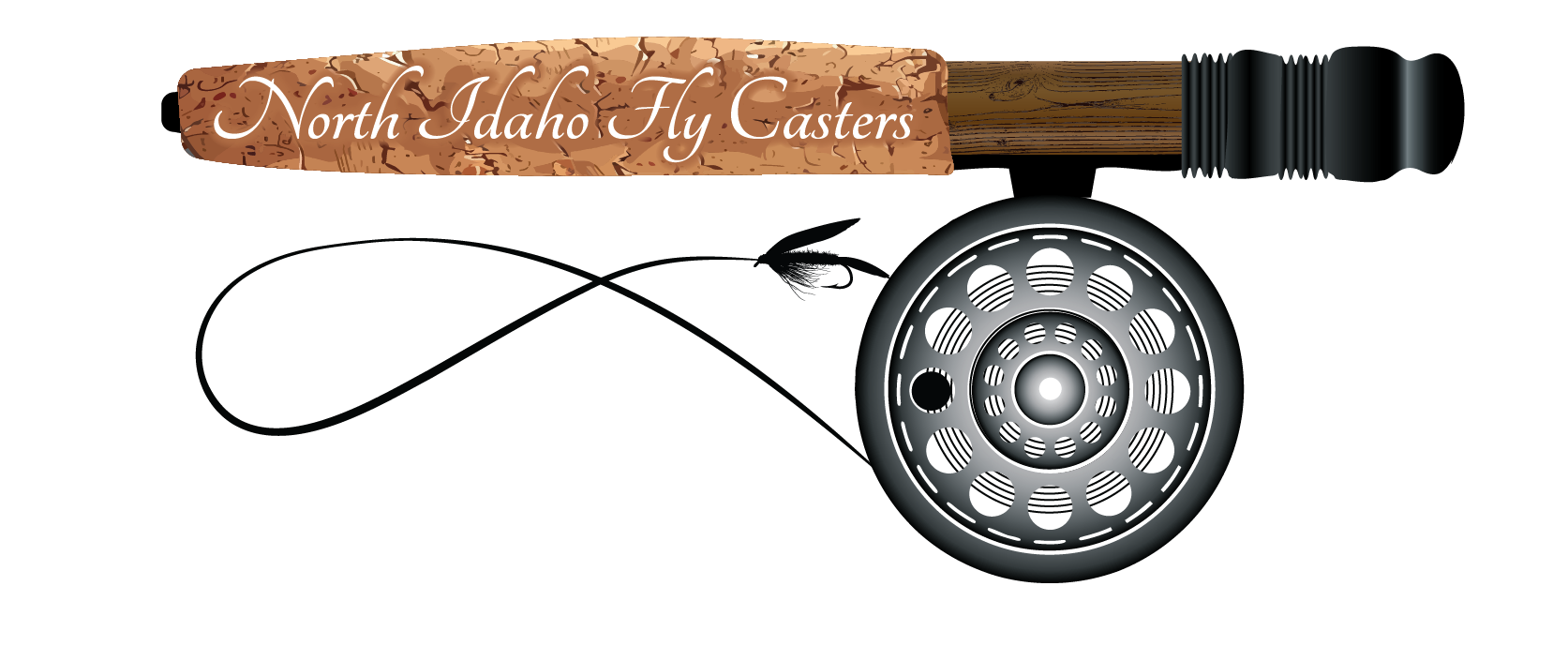Fly of the Month
A Little About Dave Londeree
I was introduced to fly fishing at a fairly early age by my dad and by my Scoutmaster, Mr. E.G. Freeman. We lived in San Francisco, so it was always an adventure to go camping, hunting, and fishing. I still have my dad’s bamboo rod (hanging on the wall), and I have fished it from time to time. We almost always used “store-bought” flies. Mr. Freeman did teach us to tie a few flies, and they did catch fish. About the age of 12 or 13, I got my first fly tying vise from Herter’s catalog and used a few scraps of deer hair and thread from my mother’s sewing kit. I tied my first flies, somewhat crude, but as I was told, “ugly flies catch fish too.” They did, but seemed to come apart after a fish or two. Later, I was able to afford more and better material, and the flies got a little better. Then came a full-time job, a wife, and children. Fly fishing stopped for a very long time.
In 1980, I was transferred to North Idaho and was able to start fly fishing again. I was visiting one of our local fly shops and was told about the North Idaho Fly Casters club in Coeur d’Alene. There I met some really great folks and was reintroduced to the sport I enjoyed in my youth. I took a Beginning Fly Tying class from Mr. Erik Schubert, the club’s tutor, and really learned a lot. He was able to undo many of my bad habits. Jim Rogers and Bob Gary, to name a few, are good to watch and learn from.
The Fly Fishers International has been a great help to me. By watching some of the “Masters” at work, you really learn the techniques and tricks to tying some really great flies. At the FFI’s Fly Fishing Fair, there are some world-class fly tyers that are always ready to show you how to tie some of the most beautiful flies.
If you are just getting into flies, take some lessons, and tie, tie, tie. You will get better. In this age of the internet, there are thousands of videos you can watch with step-by-step directions. The FFI’s Learning Center has some of the best. Go ahead and tie a fly. Tie it on and cast it out. You won’t know how good it feels to catch a fish with a fly that you tied until you do.
— Dave Londeree

-
The Pickle
- HOOK: Jig hook #8 Barbless
- BEAD: Slotted Tungsten 3/16” (4.6mm)
- WEIGHT: Lead-Free Wire .020
- THREAD: Red 6/0
- TAIL: Sexi-Floss Copper/Brown Medium
- LEGS: Sexi-Floss Copper/Brown Medium
- BODY: New Age Chenille (Halloween)

Tying Steps
- Slide the bead on the hook and mount the hook in your vise.
- Wrap 8-9 turns of the Lead-Free Wire on the hook shank behind the bead.
- Start the thread behind the bead and dress the hook to the bend. Make a small bump of thread at the bend of the hook.
- Cut a piece of the Sexi-Floss into 3 pieces. Use one piece to make the tail. Bend the Sexi-Floss in half and tie it at the bend just in front of the bump you made in step 3. This should splay the tail about 30 degrees.
- Strip 1/8” of the fuzzy stuff from the chenille to expose the inner thread. Tie it to the hook shank at the hook bend.
- About 1/8” from the tail, tie another section of the Sexi-Floss to the hook shank to make the back legs. Wrap the thread ¼” forward and tie on the last piece of Sexi-Floss to make the front legs. Wrap the thread forward to behind the bead.
- Wrap the Chenille 2 wraps at the bend. Jump the Chenille over the back legs and wrap around the hook shank. Wrap the chenille forward to the front legs. Wrap the front legs same as you did the back legs.
- Continue wrapping the chenille up to the bead and tie it down. Snip the excess free.
- With the thread wrap several turns to make a “HOT SPOT.” Whip finish and add a drop of head cement.
Note:
This is a very heavy fly for its size. I learned the PICKLE on the Columbia River this last October in B.C., Canada. It is designed to sink fast under an indicator. The PICKLE is an October Caddis Pupa. It is tied
very much like a “Pats Rubber Legs”.
